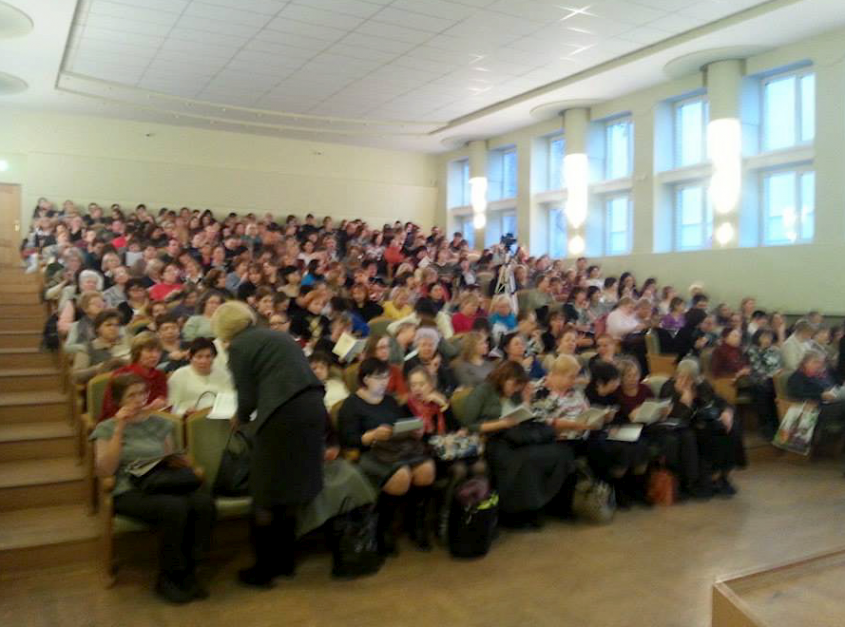*As soon as the current health situation allows attendance courses again.
“Live” – BACH SEMINAR
with Prof. Inge Rosar and Dr Kirill Monorosi.
These topics are covered in the seminars (including discussion)
1. Introduction – Interpreting Bach’s works on a modern piano
Problems and Opportunities
Short Overview on musical parameters
What are the major/obvious differences between works of JS Bach and other composers?
Examine scores and name the musical parameters.
2. Tempo, structure, phrasing
Which criteria can be used to find a suitable tempo that supports the atmosphere
conveyed in the work?
Additional soundtracks from several works will be used as examples.
Structure and Phrasing
Why is the concept of structure so important in Bach’s work? What are the implications?
General and specific ideas, explanations, music examples.
3. Articulation, touch, note functions
What is the difference between touch and articulation?
According to which criteria can an articulation be formed in works be JS Bach?
Show different ways of articulating a phrase, with short demonstration on the piano.
Note Functions
What does it mean? Find them in the music texts. In which way it helps us to decide
certain articulations in a phrase?
4. The problem with beams, notation, two-part voicing
Notation and beams
Examples from the literature, explore from various editions.
Two-part voicing
Hidden? Or clear to be seen? Tied notes. Give examples from the literature.
5. Dynamic, ornamentation
What is the task of dynamic in baroque music?
Sound examples. Structural dynamic and dynamic shaping, discover from
characteristics of dynamically static and dynamically movable instruments
in the baroque period.
Which ornaments are commonly used?
Where can we find them in the score? How will you execute them? Rules and exceptions.
6. The use of pedals, the extended range of the modern piano, fingerings, arrangements
Allowed? What is the function of the sostenuto pedal?
The extended range of the modern piano
How can it be used in JS Bach’s works? Examples from the literature.
Fingerings and arrangements
Theoretical consideration and practical implications by using examples.
7. Rhetorical Figures and Symbolism, Figurations in repeats
Clarify their meaning.
Name and demonstrate some rhetorical figures.
Figurations in repeats
How can one create figurations? Where are the appropriate places to apply them?
Examples from the literature as well as examples from Walter Blankenheim,
Kirill Monorosi, Inge Rosar
8. Questions on the topics addressed
Seminars A, B, C:
in the moment only as Online Bach Seminars: Online Bach Seminars
*Only “Live” Seminar:
Seminar D: Combination-Course between Bach Masterclasses + Bach Seminar
*Two-day “live” course
(12 hours for all participants)
*Four-day “live” course
(28 hours for all participants plus 1 hour individual lesson with every participant)
Participants of the Masterclass Course + Bach Seminar receive a certificate confirming the undertaken professional development after completion of the course.
These courses are a combination of Bach Masterclasses (piano lessons on works by J. S. Bach) and further information from Bach Seminars. Information from previous courses is presented in a practical way. Complex interpretative questions and decisions will be explored with examples from Bach-repertoire. These courses offer participants a chance to try the information presented in practice and observe this process with other pianists, with the exchange with
other pianists during the course being important to the learning process.
Institutions: for application form please see below the photos
For individuals:
If you are interested in one of the seminars, please send the registration form to us
(for information only), so that we can inform you as soon as we receive enough
applications for commencing the seminar.
Teacher conference Russia, Moskau 2014 Kombi-Seminar Lectures + Bach Seminar + Bach Lessons
Institutions


